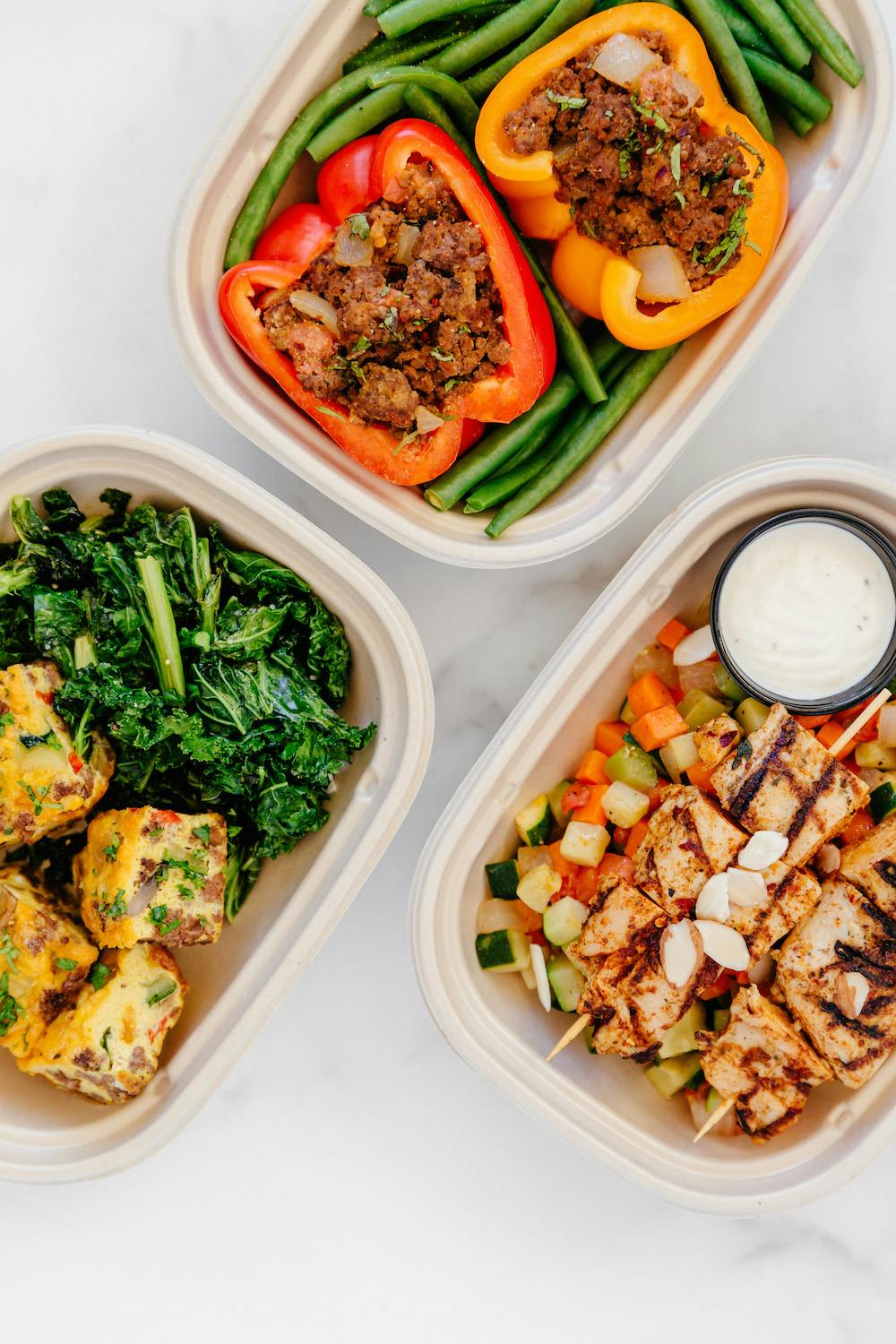
Intermittent Fasting And Keto
By Danielle McAvoy
December 28, 2023
Intermittent fasting is a naturally evolved human behavior. It’s not a diet, but a pattern of eating that mimics how humans ate when we didn’t have 24-hour access to food. It’s trending in the wellness sphere because like so many of our evolved behaviors, it turns out there are significant health advantages.
Intermittent fasting, or IF for short, is exactly what it sounds like. You eat and then fast for a period of time before you eat again. It is a pattern of eating, since the timing is what matters and not what foods you eat. It was essential for survival, because hunter-gatherers sometimes couldn’t find food for days at a time. Our bodies adapted to thrive in this cycle of fasting and eating.
We have almost unlimited access to food now, but that doesn’t mean we should be in a constant digestive state. There are many key processes, like hormone control and fat burning, that can only happen when we’re fasted.
The Science Behind IF
TLDR: when we eat frequently, we can’t burn body fat.
After eating, carbohydrates are digested into sugars. Sugar in the bloodstream triggers the release of insulin, whose job is to get sugar out of the bloodstream and into the cells. To get sugar in, insulin must also block fat cells from releasing fat. Once the job is done, insulin levels go back down. However, if we snack between meals or eat meals frequently, insulin never really has a chance to lay low for a while, so our body simply cannot use fat for energy if we’re constantly eating.
Other Benefits Of IF
- In addition to helping burn body fat for energy and improving our sensitivity to insulin, fasting has been shown to improve metabolism.
- It can also aid human growth hormone release, which is critical for muscle repair.
- IF has also been shown to reduce inflammation and improve brain function.
How To Implement IF
There are a few different ways to approach IF. The key is to let your body go for long enough after a meal so that your hormone levels normalize, which allows the magic to happen. The most popular ways to approach IF are:
- 16/8: You eat during an 8-hour window and fast for the remaining 16 hours. For example, if you eat dinner at 7pm, then you would wait until 11am the next day to eat again. You would eat regularly from 11 to 7pm and then repeat. You can do this every day, or a few times a week. It’s beneficial each and every time, so even once a week is a good start!
- Eat-stop-eat: You fast for a 24-hour period one or two days a week.
- 5:2: You eat normally for 5 days a week and then restrict calories to 500-600 on 2 days.
So, Can I Pair IF With Keto?
If this shift toward burning fat for energy sounds familiar, that’s because it’s the same exact premise as the keto diet. Someone on the keto diet may also practice IF, because it may help the body reach ketosis faster. Both IF and the keto diet are based on the beneficial shift toward burning body fat instead of carbs for energy, and similar health goals can be accomplished by both.
A new trend has emerged recently that couples IF and the ketogenic diet. Part of the reason this works so well is that the ketogenic diet is incredibly satiating – consumption of that much fat leads to less hunger overall, so restricting your eating window becomes significantly easier. Additionally, as mentioned above, IF promotes fat-burning mode for your body. Pair that with a high-fat diet, and you can burn fat easily and quickly.
The downside to this dynamic duo mostly lies in sustainability, as it’s quite difficult to maintain this narrowed way of eating. Consumption of an extremely high-fat diet is difficult to do on a regular basis, while still maintaining a social life and flexibility in your schedule. Layer in a restricted eating window of 8 hours, or taking 2 days off of eating entirely, and the ability to sustain becomes that much tougher. Life can be unpredictable, and social events, work functions, unexpected travel, and so many other things can get in the way of your perfectly scheduled 11-7 eating window of 75+% fat.
The combination of IF and ketosis can be a useful tool and at Territory, we support the idea that this pair can be powerful when used for short bursts of time. We believe in experimentation as a means to find what nutrition mix best for you – so, try it out and see how you feel! Keep in mind that nutrition is quite personal, so not every diet will work for everyone. If you don’t feel your best trying IF and/or keto, that’s perfectly ok.
What If I Just Want To Try One?
In our opinion, IF is more natural and much easier to follow since the fasting hours can align with our natural sleep cycle, and the types of foods you can eat aren’t restricted. If you’re using Territory to support your nutrition journey, you can easily benefit from IF by simply eating your Territory meals within an 8-hour window each day, and fasting for the remaining 16 hours.
As always, ask your doctor before making drastic changes to your health routine.